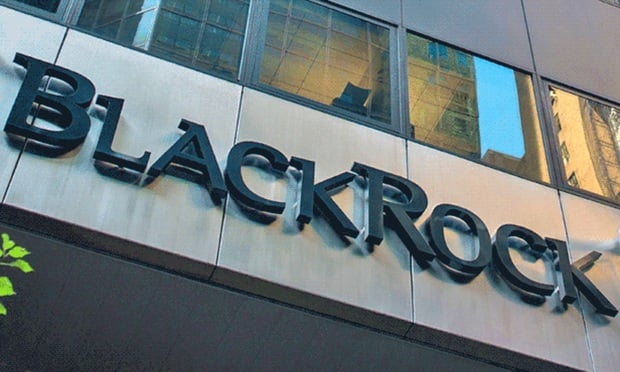Increasing employee engagement on the job has been one of the hottest topics of the post-recession period. Yet despite the many reports, discussions, and the billions spent to drive greater engagement, the level of engaged U.S. workers has stalled.
That's what a massive global study on engagement by Aon Hewitt found. The study reported results by region, so the U.S. numbers are combined in a North American figure with Canada's. Assuming some continuity on both sides of the shared border, the results weren't stellar. Engagement rose just one percent from 2013 to 2014 in North America, to 66 percent.
Now, that's not a bad number overall. Highest engagement levels were reported in Latin America, at 71 percent. But that figure has dropped from 74 percent in 2012. In Europe, engagement levels have been stuck at 57 percent for the last three years, according to Aon Hewitt. Globally, Aon Hewitt estimated, engagement in work stood at 62 percent of workers in 2014 — up a single percent from the previous year.
Recommended For You
"As GDP growth continues, we expect to see organizations make greater investments in people, which could result in an increase in employee engagement," said Dr. Ken Oehler, Aon Hewitt's global engagement practice leader. "However, any improvements in engagement could be offset by increasing employee dissatisfaction with many of the work-related resources and programs that enable them to effectively do their jobs. Employees who are engaged, but not empowered, are more likely to be frustrated, burned out and become disengaged, which puts organizations at risk of having suboptimal productivity and higher-than-average employee turnover."
A major factor in the plateauing of engagement was availability of career advancement opportunities.
Globally, workers were unhappy with such opportunities. But that wasn't the only one cited as a source of worker dissatisfaction.
When Aon Hewitt asked respondents to rate more than 25 workplace factors as either having improved or gotten worse year over year, the result was grim: a 28 percent decrease in satisfaction with the workplace. Among the factors that fell in employees' eyes: Availability of resources, personnel/human resources practices, customer focus, diversity and how the employer values people.
"There has been significant emphasis on increasing engagement over the last several years, but many organizations are overly focused on diagnostics and not on the holistic solutions that address the specific challenges they are facing," said Oehler. "The best way to rapidly address low engagement levels is to 'fix the basics' in areas like safety or the systems, processes and resources needed to get work done. Beyond these areas, top organizations will create a culture of engagement by focusing on performance, growth and engaging leadership."
There were a few bright spots on the results by workplace experiences. Employees rated senior leadership 5 percent higher than last year, and rated brand management higher by 3 percent. "Manager" showed a 2 percent positive uptick. But most other factors were either stagnant or declined.
© Touchpoint Markets, All Rights Reserved. Request academic re-use from www.copyright.com. All other uses, submit a request to [email protected]. For more inforrmation visit Asset & Logo Licensing.







